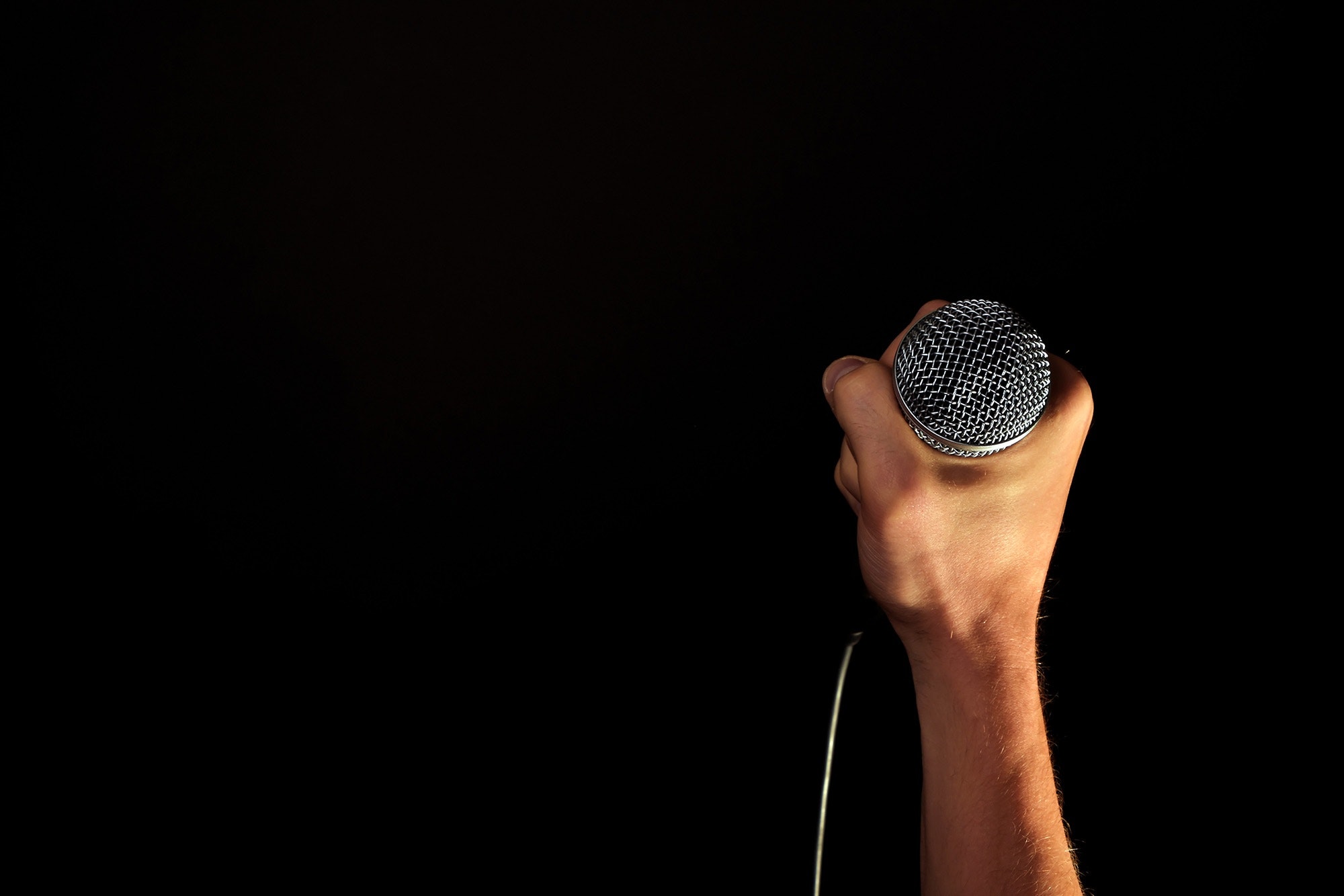 I recently watched a YouTube video where Miley Cyrus and Jimmy Fallon went down to a subway station right below Rockefeller Center and started busking in disguise. As Cyrus sings “Jolene” and Fallon plays the tambourine, a small crowd begins to congregate and cheer them on.
I recently watched a YouTube video where Miley Cyrus and Jimmy Fallon went down to a subway station right below Rockefeller Center and started busking in disguise. As Cyrus sings “Jolene” and Fallon plays the tambourine, a small crowd begins to congregate and cheer them on.
Once Cyrus completes the song and removes her disguise, the crowd goes wild. By now, the subway platform is packed. People are recording Cyrus’ performance with their cells phones and singing along as she energetically belts out “Party in the U.S.A.” As of today, the video has garnered nearly 11.5 million views.
This got me thinking about the evolution of The Tonight Show. I’m no expert, but wasn’t it considered normal in the early days to smoke at Johnny Carson’s desk? And wasn’t Joan Rivers the first female comedian to serve as a permanent guest host for the franchise? I suppose that alone was truly revolutionary given the social norms during that era.
But the stunts that Fallon pulls off now both in and out of the studio are undeniably a step above. From his undercover missions to his recreation of popular songs with nothing but classroom instruments, Fallon is winning the interest and admiration of viewers – particularly the next generation of Tonight Show fans.
And if The Tonight Showcan evolve, so too should our association education. The tactics and techniques we used decades ago are no longer sufficient to support the learning needs of our members and attendees – particularly when associations are increasingly charged with filling the workforce skills gap.
Learners who can’t find the quality education they need to compete within their chosen profession will be forced to select alternative options. Therefore, we need to stop creating and sharing with speakers a laundry list of dos and don’ts. If that were enough for them to create truly transformational experiences, they would have happened by now.
Rather, we should take the opportunity to truly partner with speakers to ensure they understand how to develop and deliver sessions that:
1. Create an intentional and active partnership between the speaker and the learner.
- The responsibility for learning rests with every individual.
- Engagement is not something a speaker can “do” to a learner.
- Learners must be receptive.
- Speakers must bridge new learning with prior experiences.
2. Personalize new information for learners given their current circumstances.
- Exposure to content is not enough.
- Help learners deepen their understanding.
- Point out what learners can do with new information.
- Offer meaningful, relevant and appropriately challenging practice.
3. Motivate the learner to try, apply and refine new ideas and skills in the context of practice, resulting in application and behavior change.
- When we learn something new, physical change occurs in the brain.
- Post-event follow up is where the majority of learning happens.
- Reach into the context of application and offer transfer support.
In what ways are you partnering with speakers to successfully design and deliver engaging learning experiences?
Photos courtesy of Pexels.com.


